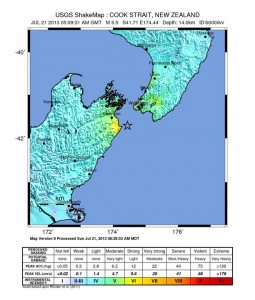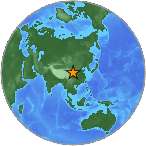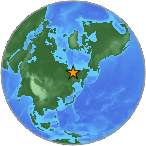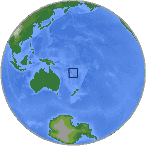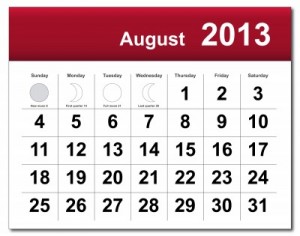
August has merely started, and there has already been a chain of 5.0+ magnitude earthquakes in just the first five days. Keep your eyes on the Pacific Rim where these large quakes are occurring.
5.8 Quakes
- 5.8 Tonga (South Pacific)
- 5.8 Japan (near east coast of Honshu)
- 5.8 Russia (Sea of Okhotsk)
5.0+ Quakes
- 5.2 Little Sitkin Island, Alaska
- 5.1 Severo-Kuril’sk, Russia
- 5.4 Kishtwar, India
- 5.0 Mawlaik, Burma
- 5.2 Kishtwar, India
- 5.0 Toyota, Japan
- 5.0 Easter Island
- 5.4 Southern Mid-Atlantic Ridge
- 5.3 Port Hardy, Canada
- 5.4 Iquique, Chile
- 5.0 Isangel, Vanuatu
- 5.0 Balleny Islands
… and we have 26 days to go.
